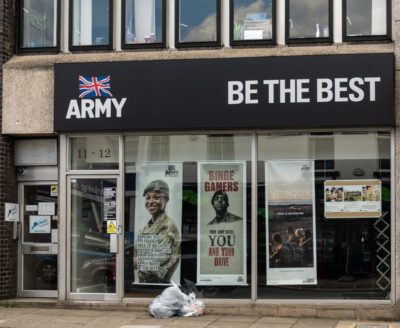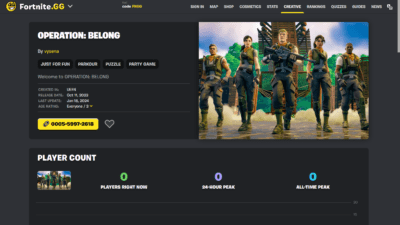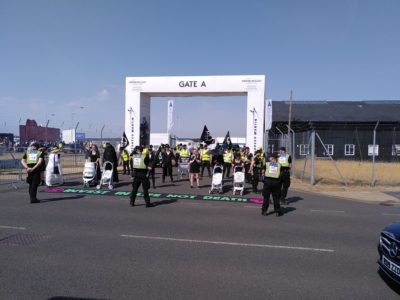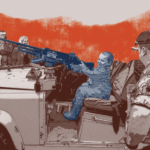Britain’s own child soldiers
A third of army recruits are under 18. Is it right to target the young and the underachieving poor?
What first attracted Michael Lyons to a career in the armed forces was an advertisement he spotted as a teenager, depicting the Royal Navy delivering humanitarian aid. Lyons, now 25, is beginning a seven-month term in military detention after being found guilty earlier this week of wilful disobedience of a lawful order. He was also demoted and dismissed from the navy, where he had served since 2005 as a medical assistant submariner.
After refusing rifle training because of moral objections to his deployment in Afghanistan, Lyons’s case was the first to be heard on grounds of conscientious objection in over a decade. Because his concerns were broadly political – stemming, he said, from the WikiLeaks revelations – rather than religious, there was minimal precedent for the decision. (There was, of course, a well-established tradition of conscientious objectors in the last two world wars, with thousands of British men, including my own Quaker grandfather, granted exemptions on condition of “alternative service”.)
Perhaps it was simply the case that Lyons, who enlisted at 19, grew up. He is not the first, nor will he be the last, young man to enter the forces with a naive or partial view of all this commitment entails and then suffer the consequences. Recruitment centres are reportedly overwhelmed with inquiries from all age groups: but 30% of British army recruits last year were under 18. Such early sign-up is a historical anachronism: the UK is one of fewer than 20 countries in the world to recruit from the age of 16, and the only EU state to do so. In a 2005 review following the deaths at Deepcut barracks, the defence committee included a specific recommendation to reconsider the minimum age, but this has yet to be taken up.
The rising percentage of 16-year-olds joining up is arguably an inevitable result of spiralling youth unemployment. But it may also be the outcome of intensifying efforts to attract young people to a forces career – increasingly targeting those below recruitment age – following negative publicity around the conflicts in Iraq and Afghanistan. In 2007, the then head of the army’s recruitment strategy noted: “Our new model is about raising awareness, and that takes a 10-year span. It starts with a seven-year-old boy seeing a parachutist at an air show and thinking, ‘that looks great’. From then the army is trying to build interest by drip, drip, drip.”
As the Informed Choice report for Forces Watch found in the same year, recruitment material emphasised potential benefits – challenge, comradeship, travel – while obscuring the radical change from civilian to military life, the ethical issues involved, and the risks to physical and mental health. Key messages were tailored to adolescent interests: military careers were presented as glamorous, warfare as game-like. The reality is that, although international law sets 18 as the minimum age for participation in conflict, at least 10 soldiers that age have died in Afghanistan.
And the demographic that is targeted is significant. The armed forces draws non-officer recruits mainly from young people with low educational attainment and living in poor communities. Research suggests schools from deprived areas are more likely to be visited by recruiters, with particular focus on the north-east of England, Scotland and Wales. Infantry recruits need only the literacy skills of a five-year-old to join. A large proportion appear to sign up for negative reasons, such a lack of civilian opportunities.
Regardless of where you place yourself on the pacifist continuum, it’s legitimate to question whether school is an appropriate forum for the military. The coalition would certainly seem to believe it is, given its proposed expansion of cadet forces across the state sector and use of former soldiers as mentors.
Although the recruitment literature emphasises education and training opportunities for younger recruits, many complain of being seriously misled. In 2009, the MoD’s own survey found under 18s significantly less likely to feel they had benefited from training or to want to make a career in their service, and more likely than older recruits to be considering leaving.
Advice services regularly receive calls from teenage recruits having trouble getting a discharge or have gone awol. According to a report by the Coalition to Stop the Use of Child Soldiers, in 2010 at least eight of the under-18s who had gone awol were sentenced by court martial to military imprisonment. The report also calls into question the economic rationale of early recruitment: between 2006 and 2011, almost half of the recruits who had enlisted before their 18th birthday had left the armed forces without completing their minimum period of service.
There will, of course, be young men – and it is still mainly men – who enlist as teenagers, stay the course and avail themselves of every opportunity going. But there will likewise be those who will scrape a few years within an institution unsuited to their needs, then return to the communities they were escaping from in the first place, with no resettlement support and minimal transferable skills, perhaps having picked up a heavy drink habit or post-traumatic stress along the way. From this angle, the parachutist at the air show looks a lot less benign.
See more: conscientious objection, military in schools/colleges, recruitment age,










